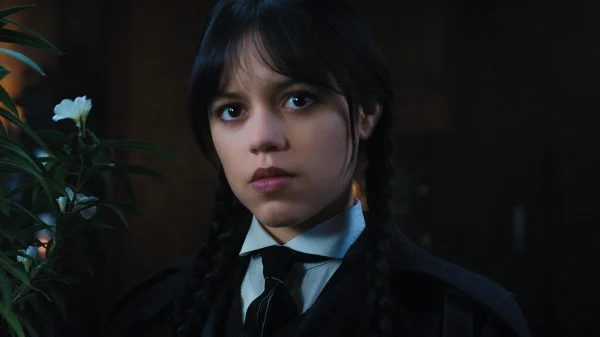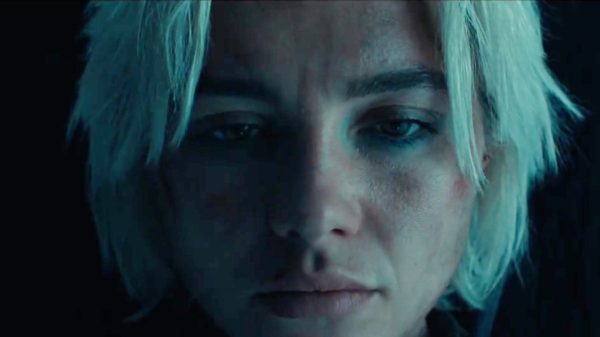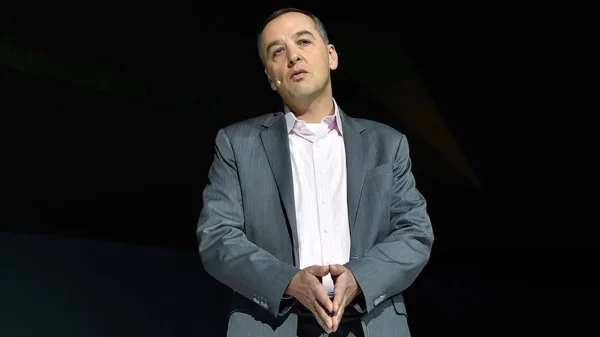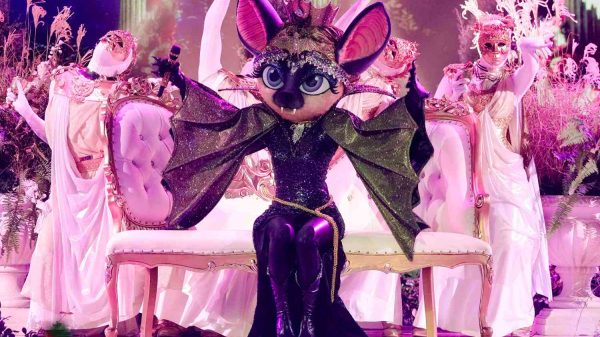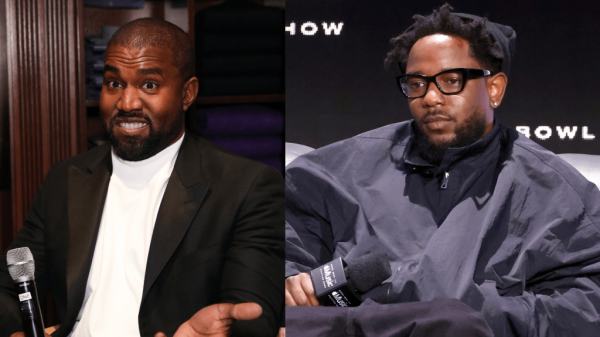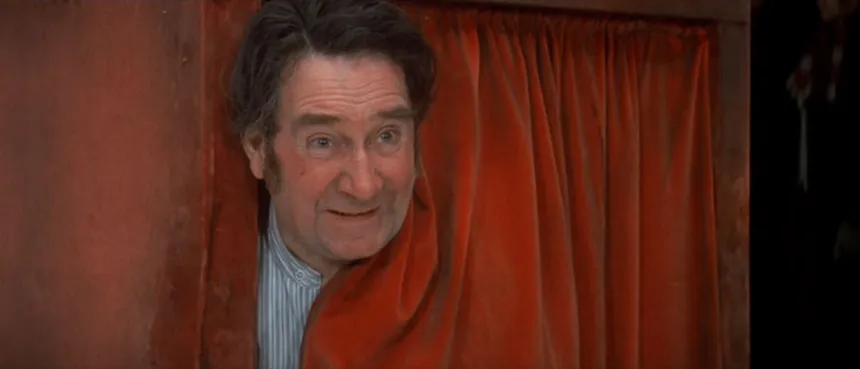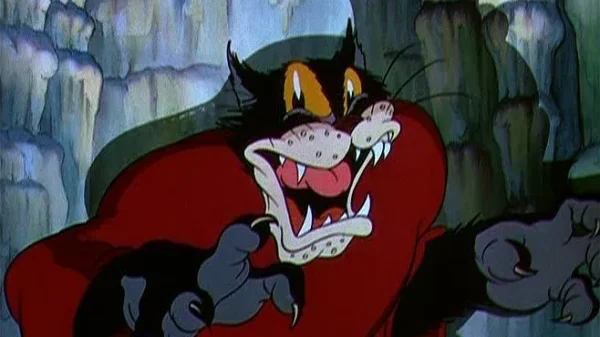For over a century, Charles Dickens’ timeless novella “A Christmas Carol” has been delighting audiences with its tale of redemption and the transformative power of kindness. The story has been retold and reimagined in countless ways, each one offering a unique and unforgettable interpretation of the iconic characters and themes. In this exploration, we’ll go into the world of adaptations, from the most obscure to the most beloved, and examine how they’ve stayed true to the original text while still bringing something new and exciting to the table.
One of the most notable changes is the casting of Scrooge, with each adaptation presenting its own unique take on the miserly and bitter character. From the campy and flamboyant performance of Albert Finney in “Scrooge” (1970) to the nuanced and multifaceted portrayal of George C. Scott in the 1984 film, each rendition has its own distinctive flavor.
Some adaptations have taken more creative liberties with the story, such as the hilariously campy and musical rendition “Scrooged” (1988) starring Bill Murray, which adds a modern twist to the classic tale. For a more serious take, the 2019 BBC miniseries offering a gritty and darker vision of the story. Meanwhile, the 2018 film “A Christmas Carol” starring Simon Callow showcases the versatility of Dickens’ text through a solo performance that perfectly captures the essence of the story.
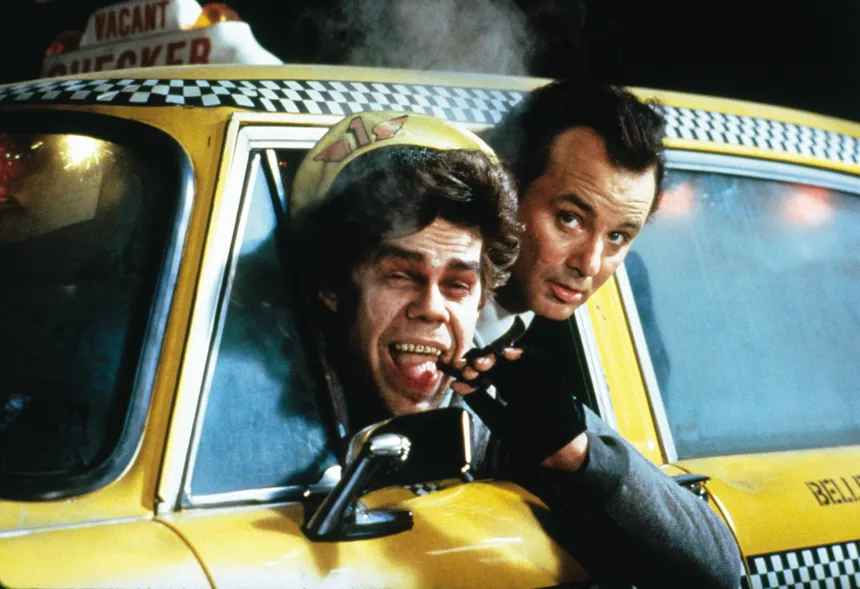
A Still From Scrooge (1970) (Via IMDB)
As we explore the many faces of Scrooge, it becomes clear that each adaptation has its own unique strengths and weaknesses. Some, like “A Carol Christmas” (2003), lean towards the campy and hilarious, while others, like the 1984 rendition starring George C. Scott, showcase the nuance and complexity of the characters. Others, like the 2018 film, demonstrate the innovative storytelling and creative liberties taken to bring the tale to life.
From the classic 1951 “Scrooge” starring Alastair Sim to the animated hit “The Muppet Christmas Carol” (1992), each adaptation has its own unique charm and enduring appeal. Through these many retellings, A Christmas Carol has become a timeless tale that transcends generations and cultures, reminding us of the importance of kindness, compassion, and redemption.
Ultimately, the many faces of Scrooge serve as a testament to the enduring power of Dickens’ novella, a reminder that even the grumpiest of characters can change and grow.

